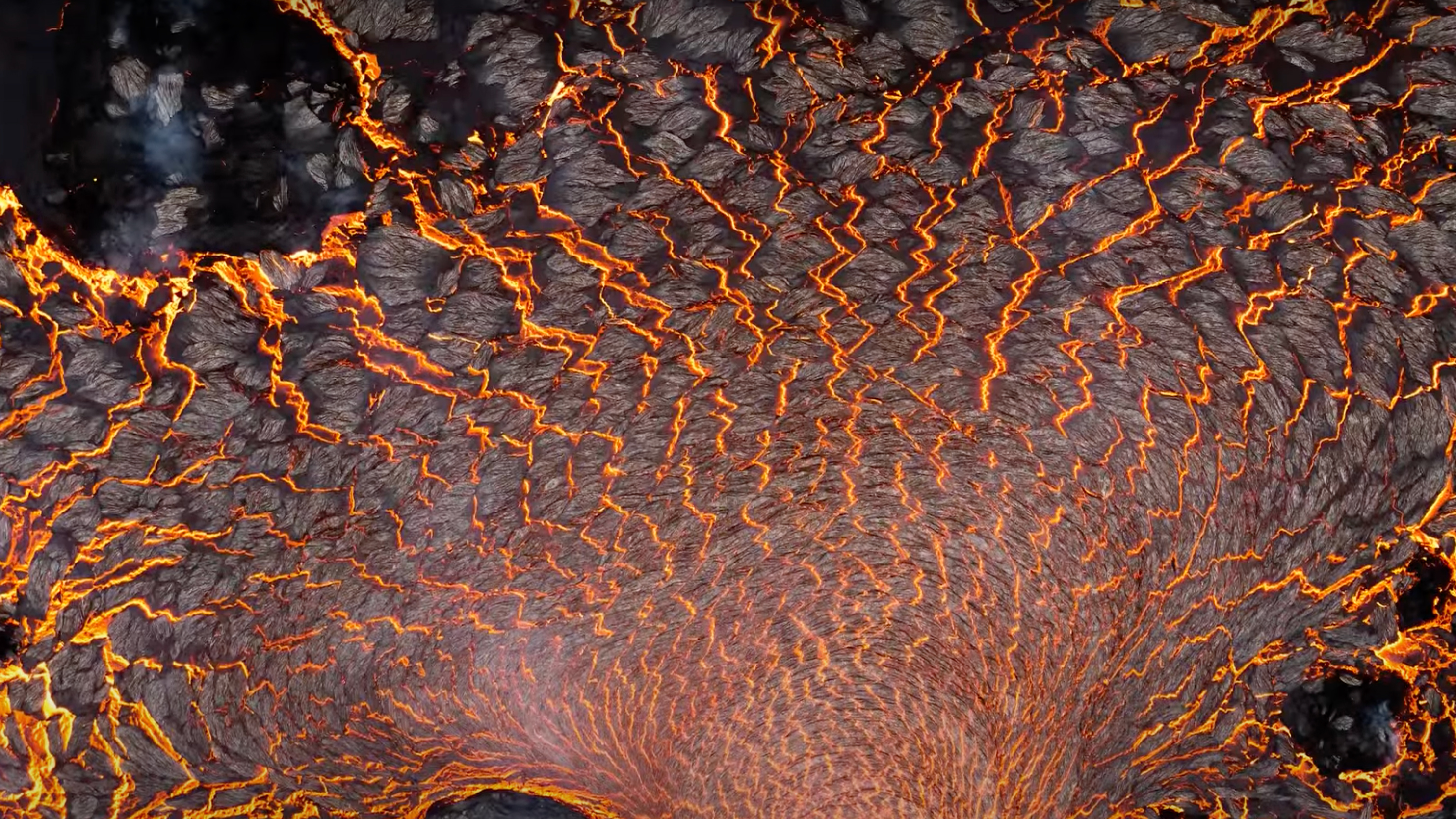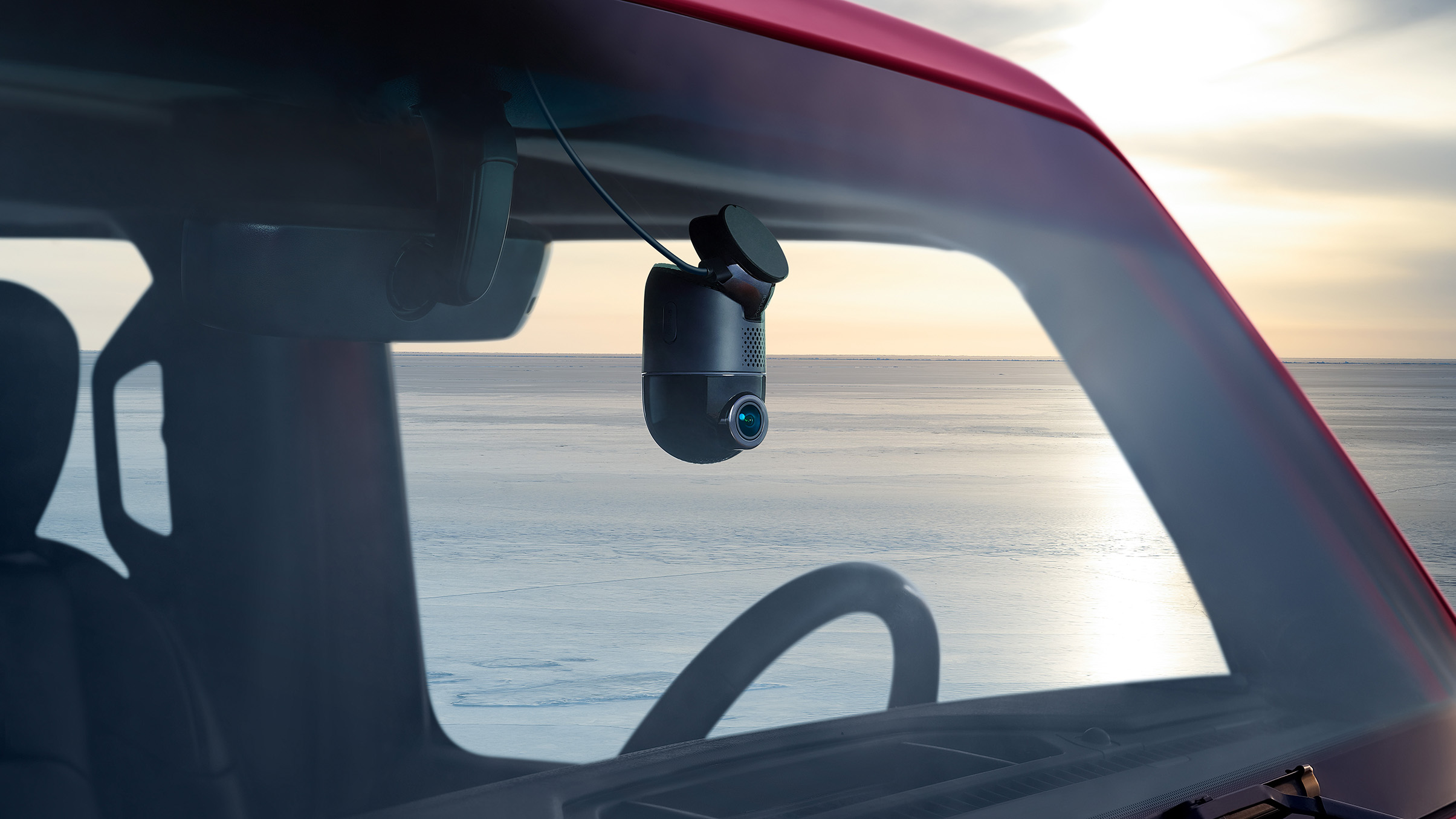Photographer's dream comes true as he captures an active volcano in Iceland
For seven years Mads Peter Iverson has wanted to photograph an active volcano and recently his dream came true

Photographing an active volcano was a dream come true for Icelandic photographer Mads Peter Iverson. In a video posted to YouTube, Mads discusses his journey to the volcano, how to compose images and of course how to photograph an active volcano safely.
Unlike the American tourist who had to be rescued by helicopter after falling into the crater of Mount Vesuvius, Iverson took into account all the safety precautions necessary to get amazing shots without putting his life at risk.
• Read more: Best camera for landscape photography
A post shared by Mads Peter Iversen Photography (@madspeteriversen_photography)
A photo posted by on
“Even though I had never thought about it, one thing that surprised me was how dynamic and how an active volcano is and how the landscape was literally transforming in front of my eyes. How the lava cooled off, piled up, broke off, created new rivers and streams and generally just kept changing. Sitting here for an entire day and just taking in the most natural show earth can deliver is an existential experience all the way up there with watching the northern lights for the first time.”
Iverson photographed the volcano throughout the day and night experimenting with different ideas and compositions. From shooting with a really wide-angle zoom lens to really close up and changing the shutter speed to create images with motion blur Iverson was able to create a series of photographs that capture the epic scenes created by the volcano known as Geldingadalir.
In the video, he demonstrated how hot the lava is and how careful you need to be when photographing or filming an active volcano. At one point, he flew the drone so close to the lava it melted the sensors underneath but lucky for Iverson he was still able to save the footage.
When photographing landscapes, composition is incredibly important for anyone just starting out. Iverson has created some incredibly handy guides that will help you create stunning images. Regardless of whether you’re shooting an active volcano or moorland close to home, these tips and tricks based on the focal point, symmetry, depth, light, and shadow can be put into practice.
Get the Digital Camera World Newsletter
The best camera deals, reviews, product advice, and unmissable photography news, direct to your inbox!
A post shared by Mads Peter Iversen Photography (@madspeteriversen_photography)
A photo posted by on
If you’re ever lucky enough to shoot an active volcano it’s recommended you do it with a guide who is familiar with the area and able to navigate a way out of a potentially dangerous situation. It's also important to make sure you have the right equipment and are conscious of your positioning in relation to the volcanic action.
To check out some of the final videos and images taken by Iverson, head to his Instagram page, and discover our landscape photography tips.

Having studied Journalism and Public Relations at the University of the West of England Hannah developed a love for photography through a module on photojournalism. She specializes in Portrait, Fashion and lifestyle photography but has more recently branched out in the world of stylized product photography. Hannah spent three years working at Wex Photo Video as a Senior Sales Assistant, using her experience and knowledge of cameras to help people buy the equipment that is right for them. With eight years experience working with studio lighting, Hannah has run many successful workshops teaching people how to use different lighting setups.

